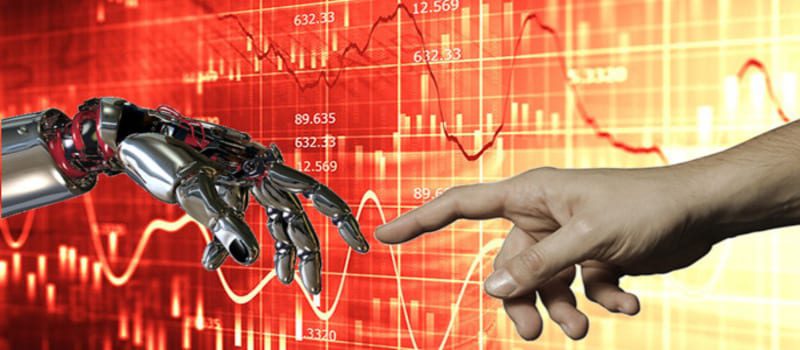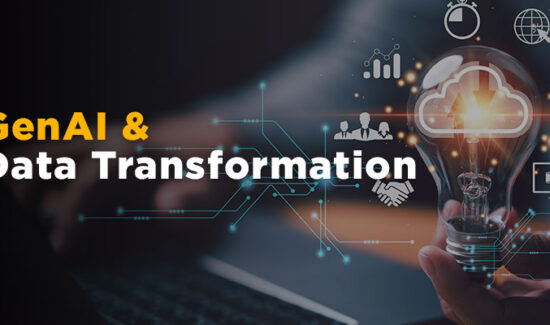Hard vs. Soft Data; What’s the Difference?


By Jin H. Kim
Do you ever wonder to yourself: which way home is going to be the fastest today? I know this conundrum personally, for although I have a few options on how to get home (thanks to innovative apps like Waze), I know from experience that the shortest path from work is not always the best choice. There could be unexpected delays from accidents, events, general congestion, construction, or just the particular time of day. Not only do I need to know my actual route options, I also need to understand what is happening along the routes to figure out the best way to get home. This is a perfect example of the entwined relationships of hard and soft data.
Hard data is defined as data in the form of numbers or graphs, as opposed to qualitative information. In the world of big data and the Internet of Things (IoT), hard data describes the types of data that are generated from devices and applications, such as phones, computers, sensors, smart meters, traffic monitoring systems, call detail records, bank transaction records, among others. This information can be measured, traced, and validated. Most organizations today already use hard data for analysis, geo-location, predictions, and optimization and are now trying to differentiate themselves and add more value to their hard data applications for their customers.
Widget not in any sidebars
Just like in the earlier example of finding the best traffic route home, organizations are realizing that the best way to exact real value from big data is to look at all data. This, of course, means taking soft data into account. Objectivity refers to soft data as human intelligence – data that is full of opinions, suggestions, interpretations, contradictions, and uncertainties. Translating situational information in real time is vital to a plethora of mission-critical applications.
For example, sensors on cars can transmit feedback about poor road conditions within a smart city infrastructure. If there were no soft data available, the system may schedule unnecessary, duplicate repair work for the area – causing a potential waste of resources and budget. If the smart city incorporated soft data, information from a surveyor noting that construction or repairs to the road are in progress, it would enable the system to understand that the poor road conditions are thereby temporary and do not require additional assistance, saving the city resources, time, and money. Understanding situational nuances and environmental occurrences will improve outcomes and add value.
To summarize, quantifiable data that is generated from sensors, machines, and other devices are considered to be hard data. Information that is susceptible to interpretation and opinion is known as soft data. As access to data continues to grow, businesses will need to incorporate both hard and soft data into their solutions for improved, real-time decision support as a way to differentiate their service offerings.
![]() Jin H. Kim is VP of Marketing and Partner Development at Objectivity Inc. A former professor of computer science at Carnegie-Mellon, Jin has over 20 years of industry experience in enterprise software delivery including product development, partner ecosystems, financial planning, marketing, and sales. Connect with him on LinkedIn.
Jin H. Kim is VP of Marketing and Partner Development at Objectivity Inc. A former professor of computer science at Carnegie-Mellon, Jin has over 20 years of industry experience in enterprise software delivery including product development, partner ecosystems, financial planning, marketing, and sales. Connect with him on LinkedIn.






















